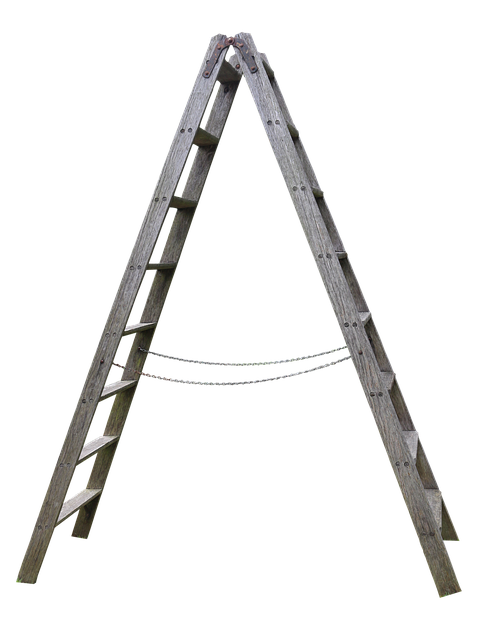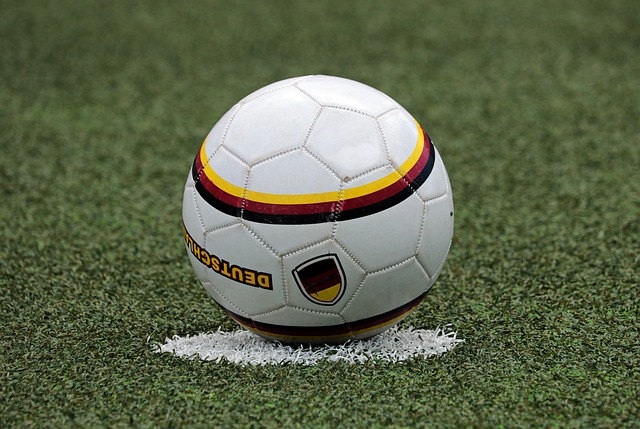A situation in which a body stays at rest or moves with uniform velocity is called equilibrium. In equilibrium we study about the rigid bodies, when the torques and forces operating on the body are equal. This assurance that there is no rotational or linear acceleration of the body.
Types of Equilibrium
Equilibrium can be classified into two main types:
1.Static Equilibrium: When a rigid body is at rest, all of the forces and torques acting on it are balanced, resulting in static equilibrium. A book resting on a table, is in static equilibrium since the upward normal force from the table balances the downward gravity pull.
2. Dynamic Equilibrium: When a rigid body moves at a constant speed, it is said to be in dynamic equilibrium, which means that no net force or torque is acting on it. A car traveling on straight line with steady pace, is in dynamic equilibrium.

Conditions for Equilibrium
For a rigid body to be in equilibrium, two primary conditions must be satisfied:
1.Translational Equilibrium: The vector sum of all forces acting on the body must be zero:
This assurance that the body stays at rest or moves at a steady speed without experiencing linear acceleration.
2. Rotational Equilibrium: The sum of all torques acting on the body about any axis must be zero:
This assurance that the body stays still or rotates at a constant angular velocity without experiencing angular acceleration.
Examples of Equilibrium
1.Balancing a See-Saw: When both sides of a seesaw have equal moments of force, the seesaw is in equilibrium. When two individuals of varying weights sit at different distances from the pivot, the see-saw will balance if and when the weights are at the same distances from the pivot.
2. A Ladder Against a Wall: A rigid body in static equilibrium, when a ladder leaning against a wall. The weight of the ladder, the normal force from the ground, the frictional force at the base, and the normal force from the wall are the forces operating on it. To keep things in balance, these forces and their torques balance one another.

Stable, Unstable, and Neutral Equilibrium
The equilibrium of a rigid body can be further classified based on its stability:
1.Stable Equilibrium: If a body tends to return to its initial position after a minor displacement, it is said to be in stable equilibrium. A ball at the bottom of a bowl, is in stable equilibrium since it returns to the center when it is disturbed.
3. Neutral Equilibrium: If a body stays in its new location after being moved, it is said to be in neutral equilibrium. A ball on a level surface is in neutral equilibrium since it neither rolls back nor moves farther away.
2.Unstable Equilibrium: If a body moves farther from its initial position after a little displacement, it is said to be in unstable equilibrium. A ball balanced on the point of a cone is in unstable equilibrium since it topples over when it is disturbed.

Applications of Equilibrium
1.Engineering and Architecture: If a body stays in its new location after being moved, it is said to be in neutral equilibrium. A ball on a level surface is in neutral equilibrium since it neither rolls back nor moves farther away.
2. Machines and Tools: Levers, pliers, and scissors are examples of tools that work on the basis of equilibrium. These tools work well when forces and torques are balanced.
3. Sports: In sports like gymnastics, cycling, and balancing acts, athletes keep their balance to attain control and accuracy.
Problem-Solving Steps
To analyse and solve problems related to the equilibrium of a rigid body, follow these steps:
List every force affecting the body: Create a free-body diagram that displays every force along with its magnitude, direction, and application sites.
Select a point of reference: To calculate torques, pick a handy axis or pivot point.
Apply the conditions of equilibrium:
Set the sum of all forces equal to zero for translational equilibrium.
Set the sum of all torques equal to zero for rotational equilibrium.
Solve the equations: Use algebra to find unknown forces, distances, or angles.
Note
Engineering and Architecture both depend on an rigid body equilibrium. It gives a structure for examining and creating stable systems. We can assure that forces and torques are balanced and produce systems that operate safely and effectively by putting the requirements of equilibrium into practice.
Equilibrium is a state where a rigid body has no net force or torque acting on it, ensuring no linear or rotational acceleration.
The two conditions are:
(1) the sum of all forces acting on the body must be zero, and
(2) the sum of all torques about any axis must also be zero.
Static equilibrium occurs when a body is at rest with balanced forces and torques, while dynamic equilibrium occurs when a body moves with constant velocity without net force or torque.
Torque plays a critical role in rotational equilibrium. The sum of all torques about any point must be zero to ensure no angular acceleration
Yes, as long as the vector sum of all forces and torques are zero, a body can be in equilibrium even if forces are present.
Practical applications are designing stable structures (like bridges and buildings), creating efficient tools (like levers and scissors), and maintaining balance in sports and daily activities.
Stable equilibrium means a body returns to its original position after being displaced slightly, while in unstable equilibrium, the body moves further away from its initial position when disturbed.